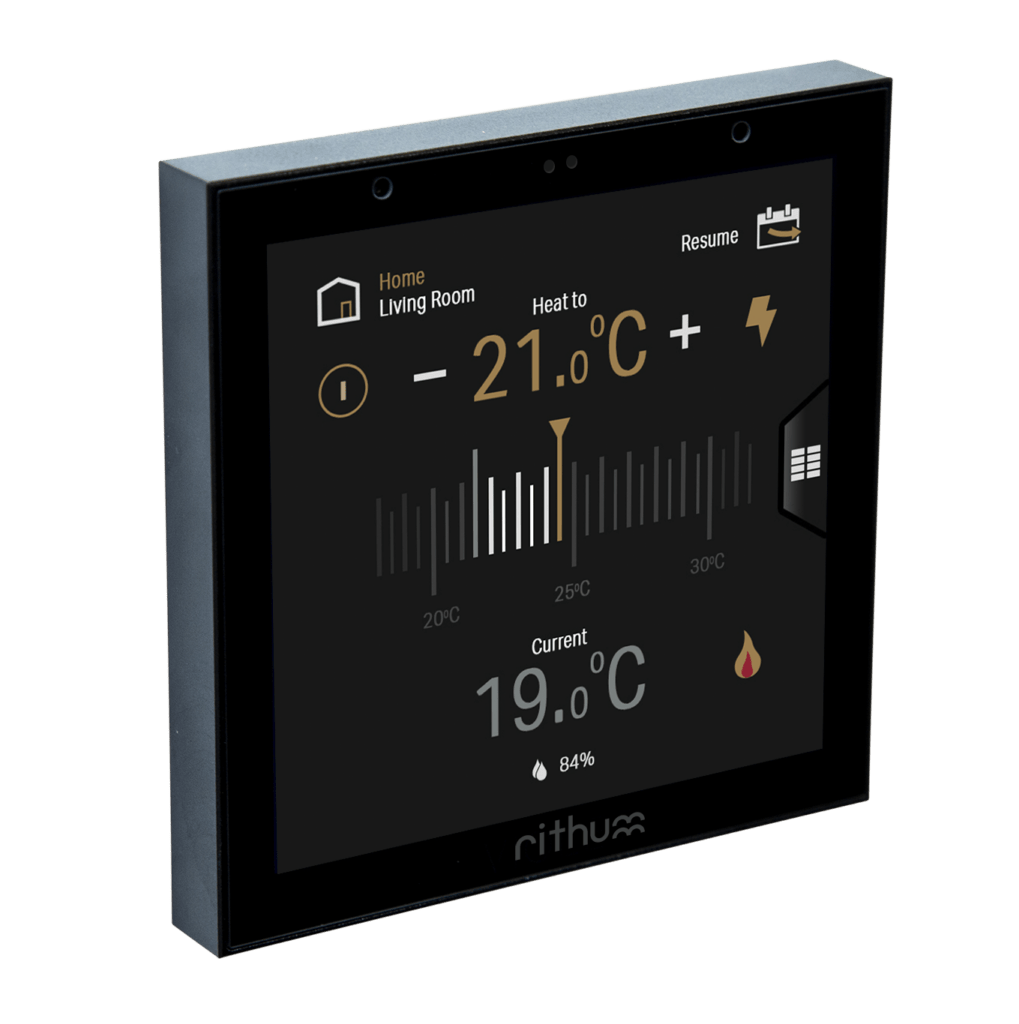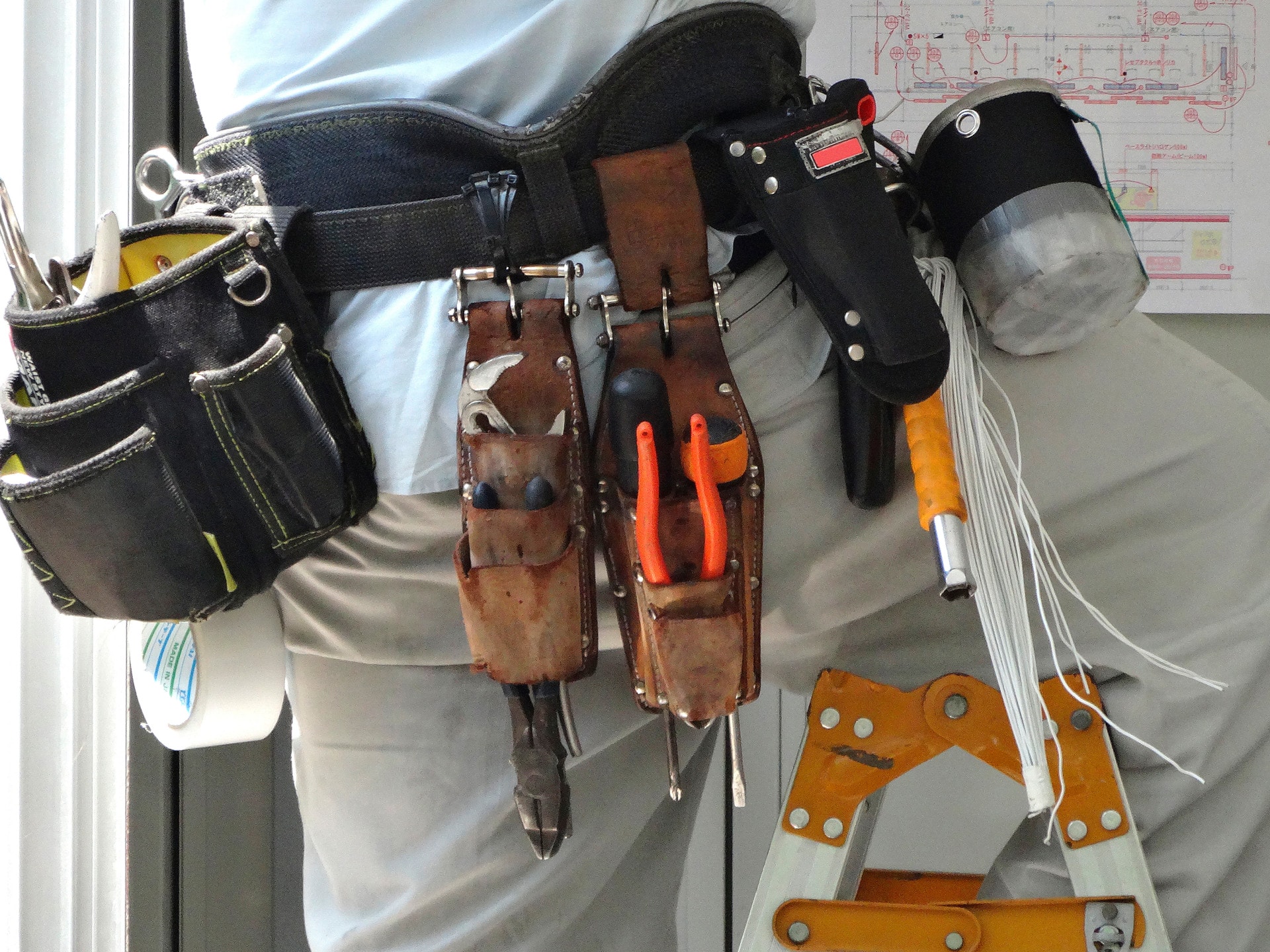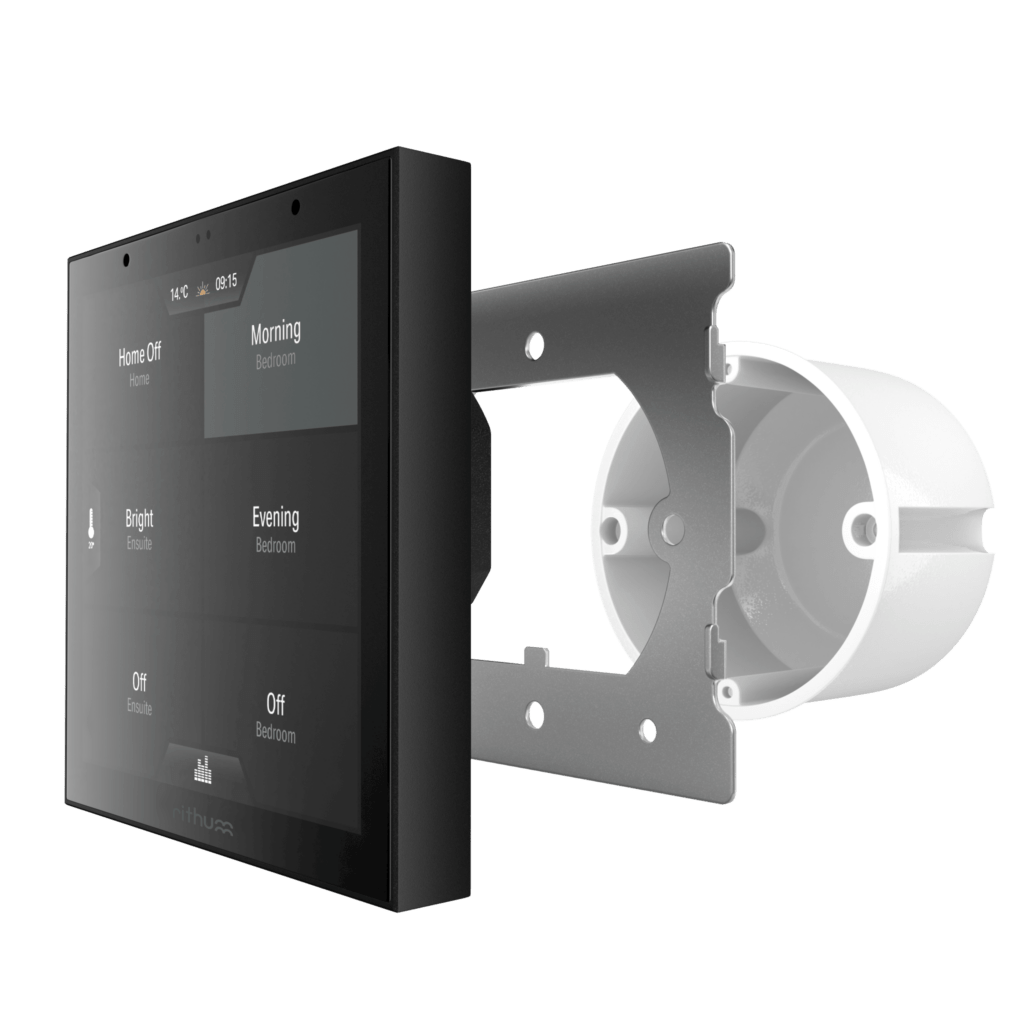What is a smart home’s environmental impact? Does switching to a smart home affect the environment? And if so, is it a significant amount?
These are the kinds of questions that you ask yourself when you consider switching your home to a smart home.
But the answers to these questions aren’t always black and white. Different smart homes use different devices and they all make varying environmental impacts.
That’s why we created this ultimate guide to exploring the smart home’s environmental impact. We will review the benefits and challenges of installing a smart home, focusing on how it affects energy usage, utility bills, and carbon footprint.
Let’s get started.
How do smart homes affect the environment?
According to TechUK’s The State of the Connected Home 2022, 45% of people say that a driver for their adoption of smart home tech is that “it can help make my household more energy efficient.”
But just how true is that belief? Can a smart home deliver energy savings and reduce your home’s environmental impact?
With all the futuristic technology that a smart home can come with, it’s easy to assume that the opposite is in fact true. With more devices, it is a logical assumption that you would increase your energy costs and create a larger environmental footprint than with a traditional home.
However, that assumption is incorrect. Studies show (we share a few later on) that smart homes can actually offer more environmentally friendly, energy-saving solutions to replace traditional higher consumption devices. This could be in the form of lighting, windows, climate control, and more.
Outdated and inefficient devices such as HVAC systems, lighting, and irrigation can significantly increase a homeowner’s carbon footprint and environmental impact. These devices not only have higher energy consumption but, in some cases, can also degrade the local air quality, or impact the local environment in other negative ways by releasing pollutants into the air.

Smart lighting and LEDS
One of the first places to start when assessing the environmental impact of a smart home is the lighting.
Do smart lights save energy? Energy consumption in a smart home quickly starts to go down by switching to smart bulbs, such as Philips Hue.
Light bulbs are typically thought of as low-consumption electronics. So, is there any notable environmental impact to be seen from switching to smart bulbs? Research shows that there is.
The most notable difference in energy consumption and environmental impact comes from switching from traditional incandescent light bulbs to LEDs. All smart bulbs (including the Philips Hue) are LEDs and a switch from incandescents to LEDs has been shown to increase the energy efficiency of lighting by 75%.
Summer is quickly on the way but through long winters when the sun sets at 4 PM and on cloudy days lights in the home are on at 2.30 PM, energy savings quickly accumulate if you switch from incandescent to smart LED bulbs.
Smart lighting needs smart lighting control
Smart bulbs go beyond being LEDs. While all smart bulbs are LED, not all LED bulbs are smart bulbs. So what more does smart lighting offer?
A smart light bulb connects to your smart home network and can be controlled remotely via your smart home panels, such as the Rithum Switch smart home touch panel, or app. Remove your old-school lighting and replace it with not only modern technology but also energy savings and increased functionality.
Smart bulbs such as the Philips Hue can be dimmed or change colour, and dimmers can bring extra energy savings of up to 19%. Many can also be set to turn on or off on a schedule or under specific conditions, which can further reduce home energy consumption.

Climate control
When it comes to a home’s carbon footprint, one of the biggest contributors is heating and cooling.
A Committee on Climate Change Report shows that 19% of the UK’s greenhouse gas emissions come from warming up the places we live and work. That’s almost one-fifth of all greenhouse gasses in the nation coming from heating. And of that 19% more than three-quarters of the emissions are coming from domestic buildings (homes).
When it comes to cutting carbon emissions with a smart home, a smart thermostat is one of the first devices that should be looked into. Smart thermostats give homeowners a convenient way to control home heating on the go and monitor the environmental impact of their home’s temperature.
Not only will a smart thermostat reduce carbon emissions for a smart home but energy savings will also equate to cash savings as lower usage leads to a lower energy bill. Smart thermostats, like smart lighting, can integrate into your smart home system for easy control of your home’s climate.
For example, with Rithum Switch and its built-in temperature sensor, you can quickly adjust your home’s climate. The climate screen on your panel lets you turn on, turn up, and turn off your heating and displays the current temperature in a room or your home. With its built-in scheduling screen, you can plan ahead with up to 8-time blocks per day meaning the heating is only on when you need it, helping you control your home’s carbon footprint.
Home sensors
A study from Finnish researchers found that home automation saves 12.78% of the original home emissions. A big part of what allows smart homes to be automated is smart home sensors.
There are a lot of smart sensors that can be installed in all kinds of places throughout a home. Almost any action in a home can have a sensor attached that allows for automation based on certain conditions or schedules. For example, there are light and temperature sensors. These turn off home lights and thermostats if you forget or under certain conditions.
Water leak sensors are another way to reduce a home’s environmental impact. These can be placed in out-of-the-way locations to spot leaks before they would be noticed. According to the EPA, everyday household leaks account for about 1 trillion gallons of wasted water annually which is an environmental catastrophe.
This quantity of water equates to over 1,500 Olympic-size swimming pools. By adding a smart leak sensor under sinks, behind toilets, around washing machines, and other potentially leaky points you can stop your home from wasting water.
Window treatments and window films
Window treatments are a somewhat overlooked area of a smart home. Often fancy automated gadgets are what grab people’s attention. However, window treatments can bring not only convenience to your smart home but also reduce its carbon footprint.
Devices such as automatic roller shades and blinds in your smart home ecosystem can bring notable energy savings by providing additional insulation and sunlight regulation.
Automation and home sensors allow shades to open during the daytime or at sunny moments which can heat a home with the light of the sun.
On hotter summer days, shades can be set to close when it’s too sunny, stopping unnecessary heat from entering the home and reducing the need for air conditioning.
Although found mostly in commercial environments, smart windows with thermochromic technology are reported to save up to 8% of energy consumption by automatically switching between blocking heat from the sun and letting it pass through. No doubt this technology will, in due course, filter down to the retrofit residential market.

DIY vs professional installation
With so many different devices and sensors available to install in a smart home, what is the best way to approach their installation? Can a smart home installation be a DIY job or does it need professional installation? And can choosing one over the other impact how energy efficient a smart home ends up being?
A professional smart home installation technician will typically install devices more efficiently and effectively. With expertise and training, they know how each device works and the optimal way to install it. Typically, a professional will be fitter for the job than even the most tech-savvy homeowner, and most will also have a certification to give you trust in their skills.
In addition, if something goes wrong with the smart home installation, if you hire a professional, they will assume responsibility. This can reassure you that the job will be done well.
However, some smart homeowners still prefer to go with a DIY installation as it can offer more freedom in terms of what devices are installed and where. Professional technicians may have guidelines they will adhere to on where devices and sensors need to go. If you do choose to go down the DIY route, you will need to be very confident in your skills and fully understand what will be needed of you for each aspect of the installation.
What are the challenges faced by smart home technologies?
We could talk all day about the positive environmental impacts that a smart home has. But these impacts can only be achieved if a smart home ecosystem is functioning well.
Before installing a smart home, any homeowner needs to weigh the pros and cons. And while (in our opinion) there are more pros, being aware of the cons can help you navigate these challenges to get more out of your smart home.
The common drawback you will hear from smart homeowners is the possibility of an internet outage. This is a rare occurrence but everyone has experienced some issues with their internet service provider at one point or another in their life.
Losing internet access for any amount of time is inconvenient in a traditional home but in a smart home, it becomes even more so. As such, it’s important to think about how stable your internet connection is in your area before you start installing smart devices.
It’s important to note that not all smart devices are internet dependent. For example, the Rithum Switch relies solely on WiFi to connect with other device so would work independently of an internet outage, although the devices it connects to may require internet.
How do battery drain issues affect a smart home’s environmental impact?
Another challenge to consider is the type of devices you install. The upkeep of wireless devices can make them lose some appeal when you consider that they need to be charged regularly and the battery drain can lead to greater energy consumption over wired devices.
Cameras, motion sensors, and other wireless devices may eat through batteries considerably quicker than door sensors and other low-energy gadgets. Any device in a smart home that is not working due to battery death is useless, so consider battery life when picking your devices.
A smart home hub is a worthwhile investment
A handy element of your smart home ecosystem that can alleviate some of the challenges you may experience with a smart home is a hub.
Set up a complete home automation system that you can manage from a panel in each room of your home. Smart home hubs often work with a variety of smart home devices allowing you to mix and match the device you choose from various technology providers and control them all in one location.
You can control and automate your favorite devices from a single location instead of switching back and forth between many individual apps or remotes.
This solution has helped many smart homeowners who have difficulties operating many devices in their smart home technology systems. Families or other multiple-person households can struggle with adopting smart home technology as they have to rely on an app (or multiple apps) to manage their houses.
This can be convenient to do things like changing the temperature or turning on the lights from afar. However, it can cause problems at home when there are multiple users or when it is inconvenient to have to find your phone every time you want to change the settings on a device.
When devices are difficult to use, they don’t get used to their full potential. As we have seen from exploring smart lights and climate control, smart devices in the home have the potential to bring down your home’s environmental impact. But to make sure you get optimal use from them, having a smart hub will help.
This is also one of the benefits of the Rituhm Switch decentralized smart system. Multiple smart devices can be connected to the Rithum Switch, which replaces a traditional light switch or dimmer switch to provide convenient access for all users.
Smart home environmental impact FAQ
There are so many exciting devices and technologies that can go into a smart home that your head might still be spinning a bit. But you can clear up any confusion by checking out these answers to six of the most common questions about smart homes’ environmental impact.
1. How do smart homes affect the environment?
Smart devices use far less electricity than their alternatives. Devices such as smart LED lights use very little energy and thermostats can help control energy consumption and prevent waste from overheating or cooling.
2. Are smart homes good for the environment?
Smart homes offer eco-friendly solutions in the form of lighting control, window treatments, climate control, and more that work to cut down your energy bill and improve your home’s environmental impact.
3. How is a smart home sustainable?
A smart home can reduce a home’s environmental impact by increasing energy efficiency. Outdated and inefficient devices increase a home’s carbon footprint and by switching to modern low-energy devices a smart home becomes more sustainable. In addition, smart home devices often reduce maintenance costs and can improve the resident’s health and reduce the pollutants released into the air in the home.
4. Why is “smart” technology good for the environment?
SMART technology typically involves low-energy devices. With lower energy usage, users of SMART technology can reduce their carbon footprint making these devices a good choice for an environmentally conscious consumer.
5. Does having a smart home use more electricity?
No. The idea that a smart home consumes more electricity than a traditional home is a misconception. Data from studies conducted on smart devices such as thermostats and lights shows that they consume less electricity than their non-smart counterparts.
Energy saving is a major reason many homeowners switch to smart devices with TechUK’s The State of the Connected Home 2022 report finding that 45% of people say that a driver for their adoption of smart home tech is that it can help make the household more energy efficient.
6. How does smart home automation affect the environment?
Smart home automation can help reduce energy consumption in a household by setting energy-consuming devices such as heating, lighting, irrigation, and so on, to only be used under certain circumstances or on a set schedule. Smart home users can often also use data collected from their smart home system to help optimally manage their systems for energy efficiency.
Final thoughts: Is a smart home good for the environment?
Smart technology has the potential to reduce a home’s carbon footprint. Smart devices such as thermostats and lighting are the obvious choices for reducing energy consumption and making an environmental impact. But smart homeowners can also look deeper into where their property is losing energy and install devices such as leak monitors on water systems, smart irrigation, and window treatments to further reduce energy consumption.







